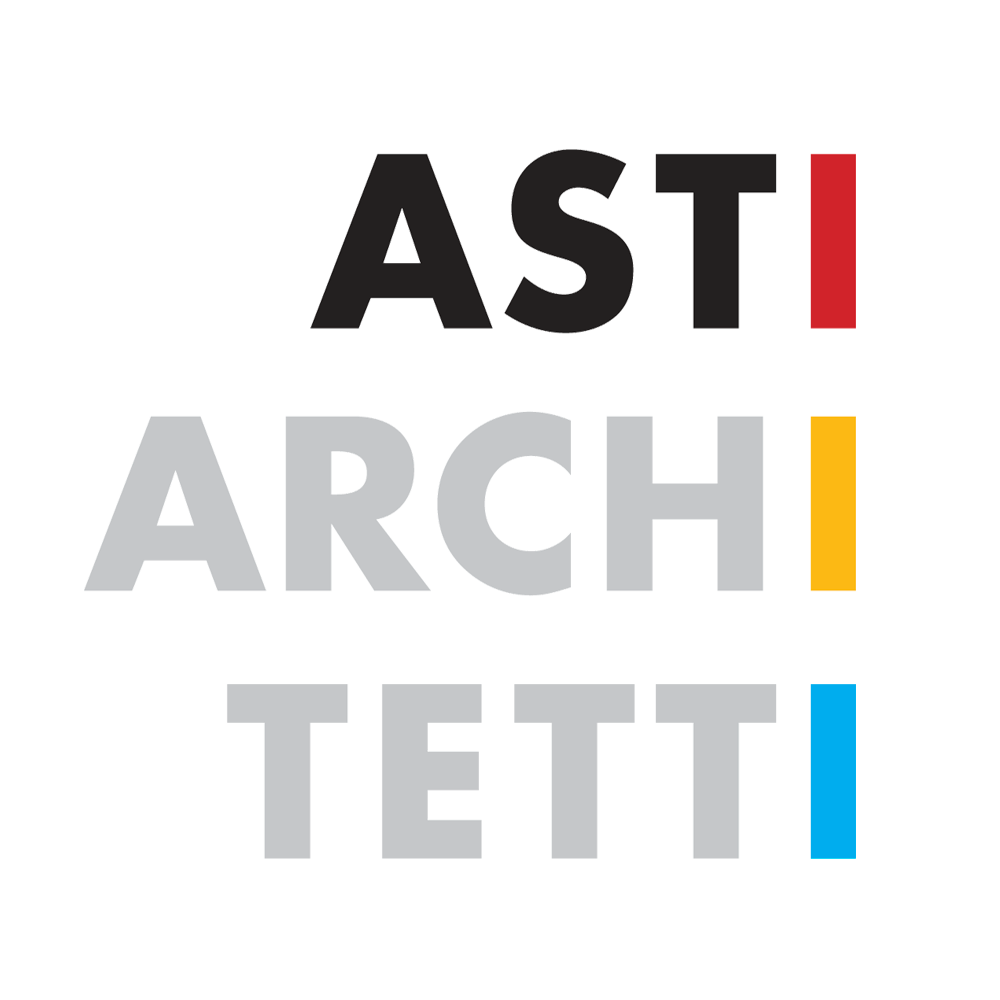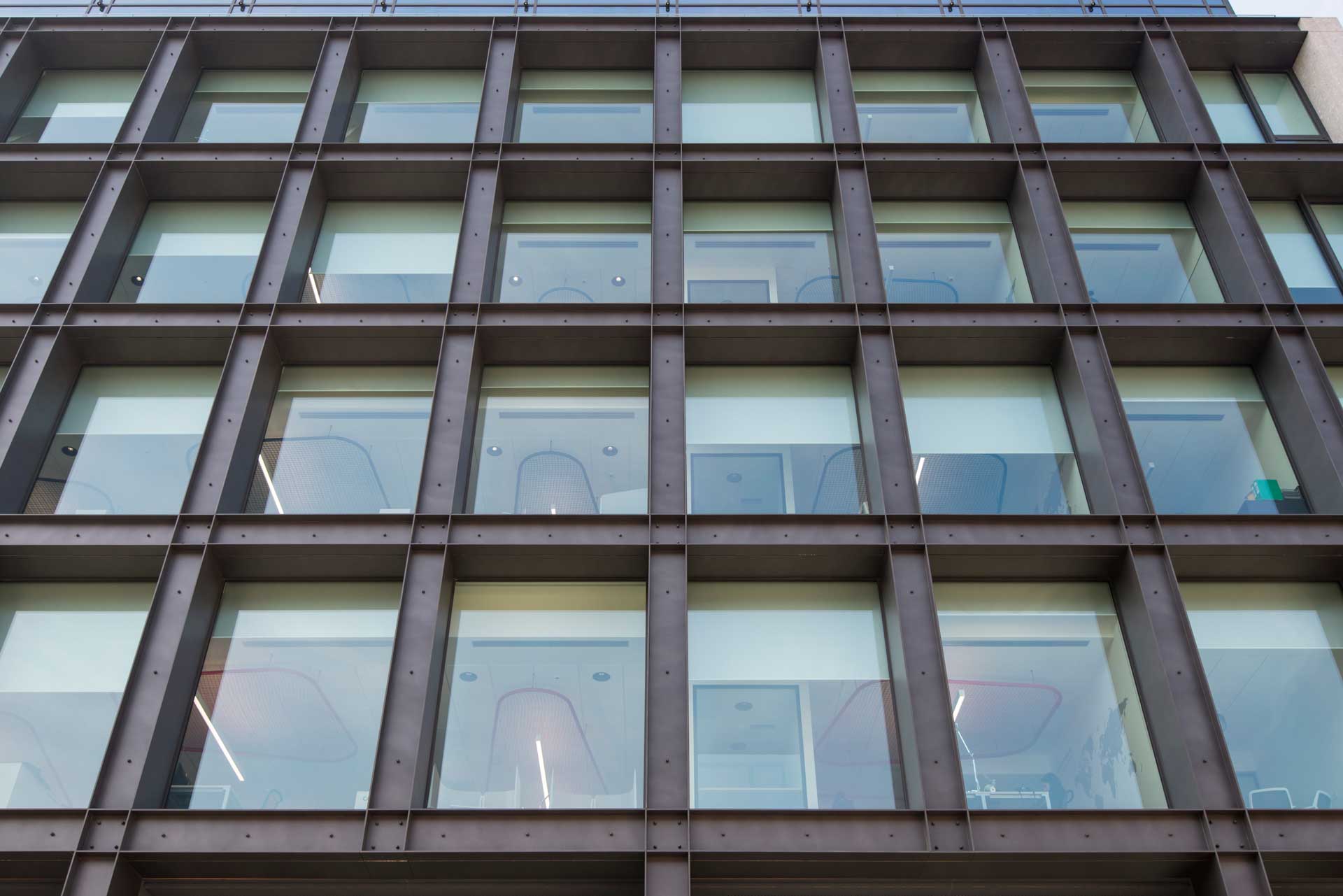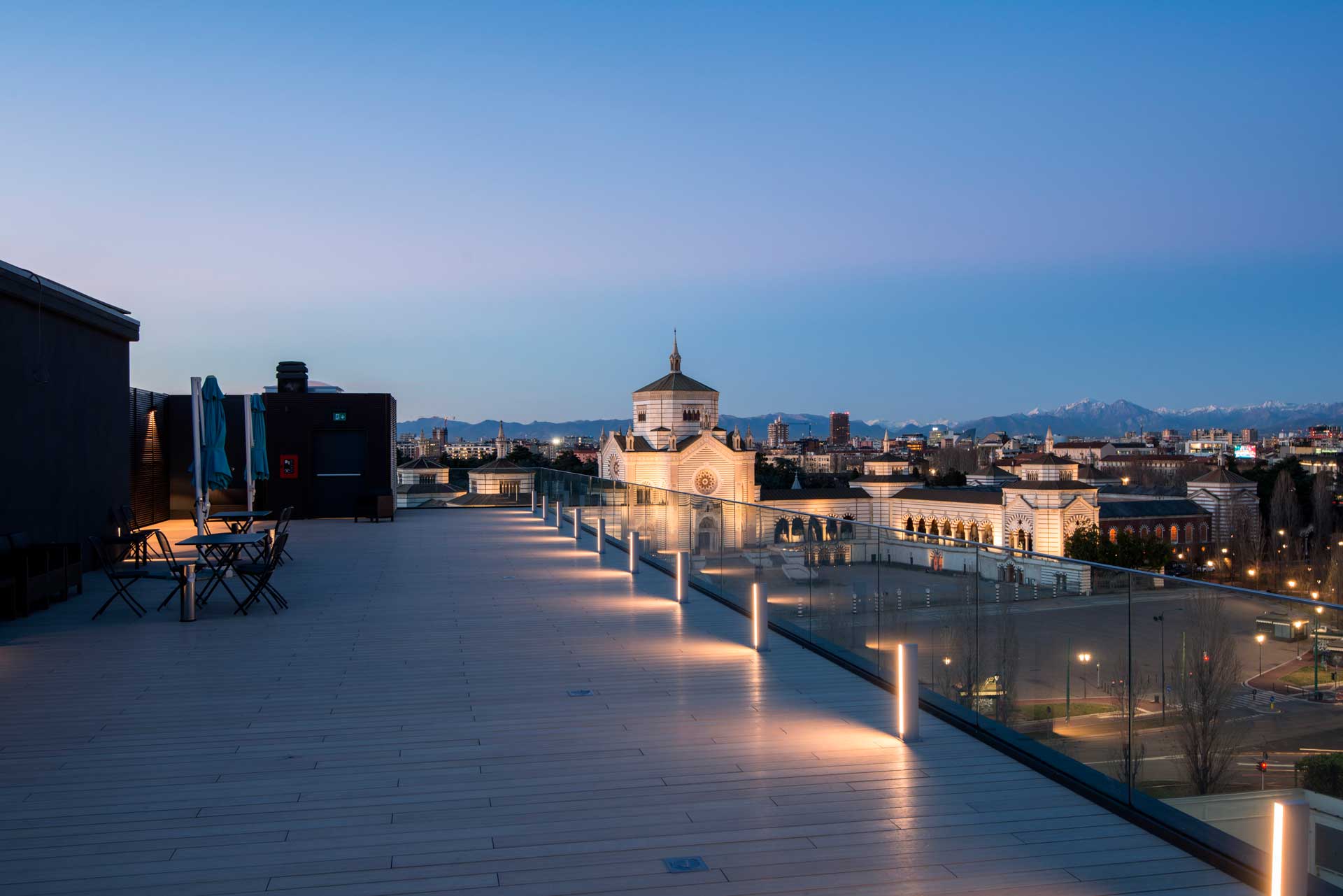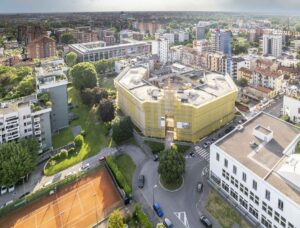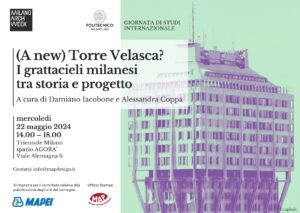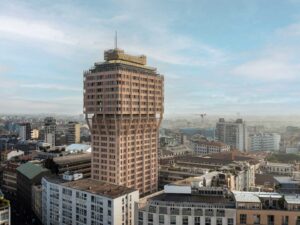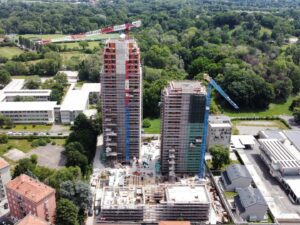Ceresio 7-9
Asti Architetti has renovated and converted into office space the old A2A building in Via Ceresio 7/9 next to the new headquarters of the Associazione per il Disegno Industriale - ADI.

In Milan, as part of the project to redevelop the area of the former Enel power plant, an industrial building on Via Ceresio 7/9 – an old A2A building from the late 1960s – has been renovated and converted into office space by Asti Architetti. The project involved the preservation of the existing building while reconfiguring it according to contemporary aesthetic canons, as it was done for all the other new buildings overlooking the private square for public use, including the new headquarters of the Associazione per il Disegno Industriale – ADI (Association for Industrial Design).
The original elevations have been replaced by full-height façades, while the interior spaces have been redistributed to create open-space work environments. Asti Architetti chose to have two blind fronts, in the two side façades, while favouring the east and west fronts, not only for sunlight considerations but also because one overlooks the square and the other the Paolo Sarpi area.
The design of the main elevation focused on redesigning the façade with a reticular scheme made of metal elements articulating the front overlooking the square in an orderly and homogeneous grid. Therefore, a new façade has been created with clearly delineated and recognisable horizontal elements, framed by two main elements, the lower and upper ones, and smaller intermediate elements in order of size – which conceal the supporting metal structure of the existing building and which is preserved – alternated with vertical partitions. The door and window frames are placed inside the grid to create a volumetric play which, thanks to the alternation of solids and voids, breaks the rigid pattern of the previous project, which was based on horizontal bands of different colours.
“The design choices for Ceresio 7/9 were driven by the desire to create a contemporary building in terms of its uses, functions and internal layout, but with a clear reference to an industrial building that is now outdated but still very much present in this part of Milan, which is marked by the presence of manufacturing spaces, dating back to the previous century, featuring large square hole windows that are repeated almost obsessively and in great expressive simplicity, to allow maximum sunlight into the building.
So we came up with an extremely regular, square-meshed façade system that recalls the language of industrial carpentry: in this specific case, with a system of H-shaped profiles of typical cross-section of variable dimensions that cross horizontally and vertically, with emphasis on dry fastening systems and deliberately exposed – and in fact over dimensioned bolts – to mark their presence, so that the atmosphere remains that of an industrial environment. All this is complemented by interior spaces that, actually, no longer have any industrial character, because they are used as offices with the highest energy and performance standards,” explains Paolo Asti, founder of Asti Architetti.
The new façade opens up to the public open space on the square with a double-height portico element. This private architectural element left for public use interacts with the square, houses the main entrances to the building and plays the role of dividing up the front, revealing the base, which also stands out chromatically in a strong graphite colour,in stark contrast to the grade plane, which is more subdued in colour.
The blind façades to the south and north, on the other hand, were designed using large-size ceramic slabs to solve a complicated construction challenge: the front was bordering on an active plant of Unareti, the Milan-based electricity company. Therefore, the construction site had limited access and required a very short timescale.
“The use of the large-size slabs on the south blind wall” Paolo Asti explains, “allowed us to complete the façade in the shortest possible time. Furthermore, the construction system, a hybrid system combining mechanical joining with adhesive bonding, offers significant advantages, because the aluminium structure is reinforced with a sealant that secures the slab to the structure. Moreover, the bar system prevents the slab from sagging while preserving its rigidity and shape. Aesthetically, the near absence of joints and the varied textures allow for creative work on the morphology of the building.”
This project has made full use of all energy bonus regulations and has been awarded LEED GOLD certification. Part of the metalwork material is recycled, there is rainwater collection which is then recirculated, a bicycle parking area and a changing room with showers for cyclists.
The new architectural elements defined by Asti Architetti make the building more clearly perceived than the existing one and distinguish it more by adding permeability to the square.
Via Ceresio 7-9, Milan
Building converted into offices with ground floor commercial space
Client: KRYALOS SGR S.p.A.
- Consulente per l’investitore: BARINGS REAL ESTATE ADVISERS
- Progetto architettonico e direzione lavori: Asti Architetti
